The Cultural Role of Farming in Irish Identity: Land, Language, and Livelihood
Introduction
Farming in Ireland has always meant more than just producing food. It’s identity, memory, place. You’ll hear people talk about “working the land” like it’s something sacred, and for good reason. The fields aren’t just green patches, they hold your name, your father’s stories, and your mother’s warnings about east winds and stubborn heifers.
The land is part of us. Even when the cheques don’t add up and the work breaks your back, the roots run deep.
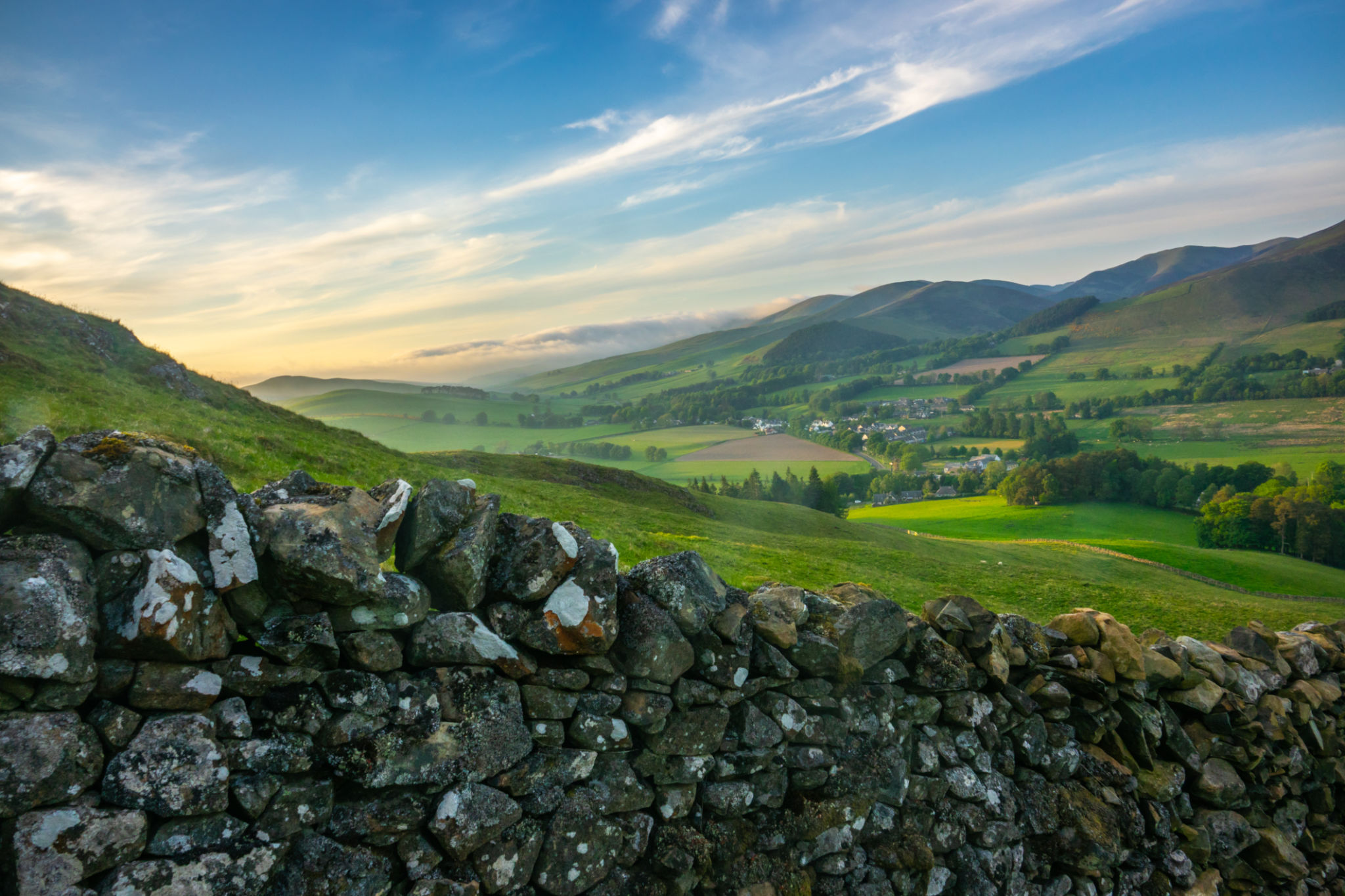
The Land Means More Than Acreage
Ask someone in Mayo, Kerry or Cavan where they’re from, and chances are they’ll name the townland before the town. These aren’t just map points, they're mini histories. Land divisions older than the parish, carried in names that tell you where the ash trees grew, where the stream ran strong, or who lived there five generations back.
And that inheritance isn’t just legal, it’s emotional. A 10-acre plot in west Clare might never make you rich, but if it’s been in the family since Famine times, it’s priceless.
You see it at auctions too. The fella who outbids the neighbour not because he needs the land, but because it “should stay in the family.” Or the daughter who moves home to run the place because no one else will. Farming is one of the last parts of Irish life where place and pride still walk hand in hand.
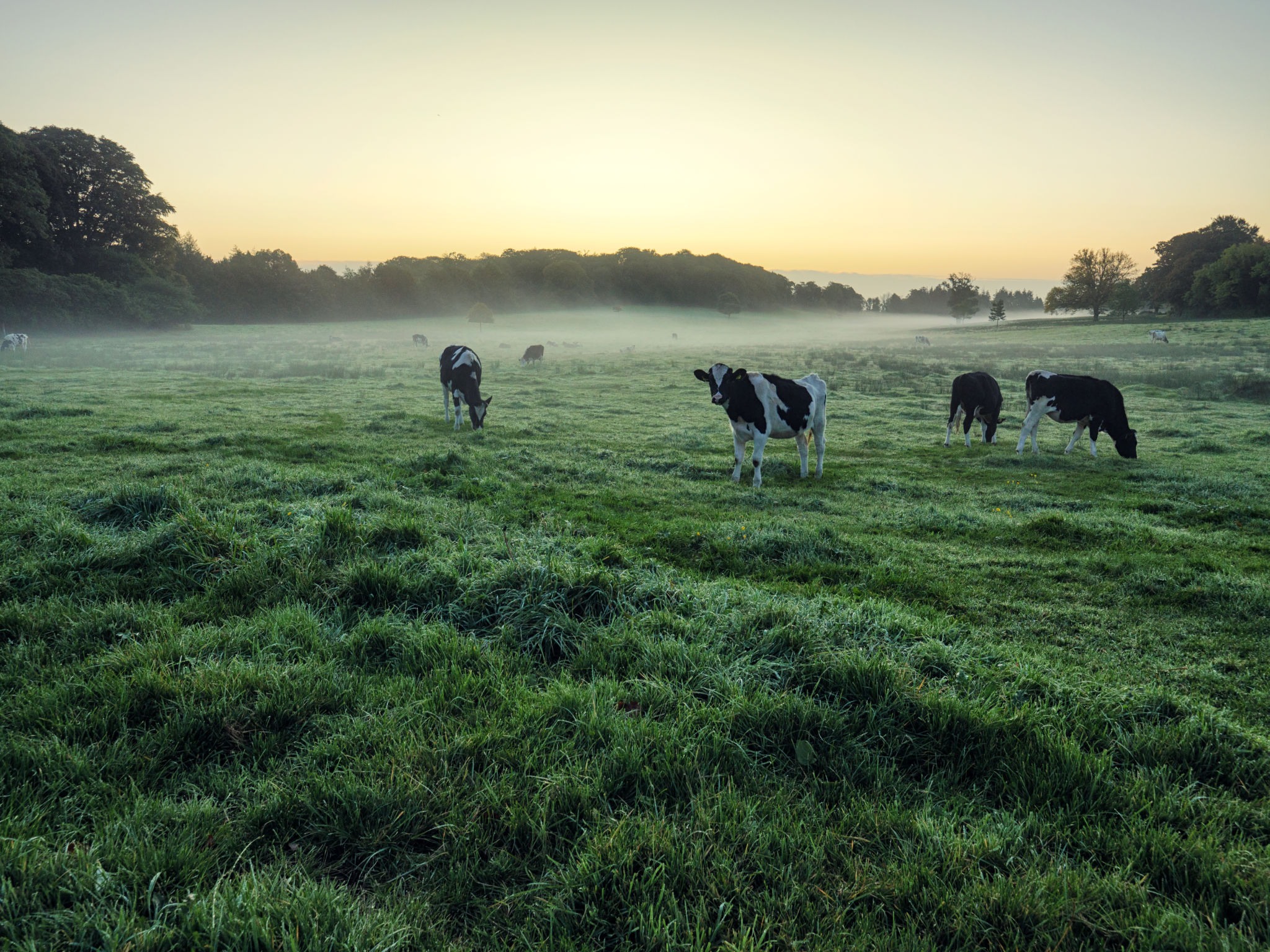
Language You Feel in Your Bones
You don’t need to speak fluent Gaeilge to hear the Irish in farming. It’s in the way people speak of land “resting,” of “giving it back to itself” for a year. It’s in the placenames, like An Poll Mór (The Big Hole), or Cnocán na gCaorach (The Little Hill of the Sheep). These aren’t just pretty turns of phrase, they’re working language, functional poetry.
Even the Irish words for farming tools have a certain heft to them. The “sleán” for cutting turf. The “tuairim” used to guess a cow’s due date. In many Gaeltacht areas, Irish remains the working language of the land. You’ll still hear people in Connemara or Dún Chaoin shouting directions in Irish while loading cattle, or cursing the wind with a fluency schoolbooks could only dream of.
It’s living language, not for show, but for work. And where it still exists, it holds something precious.
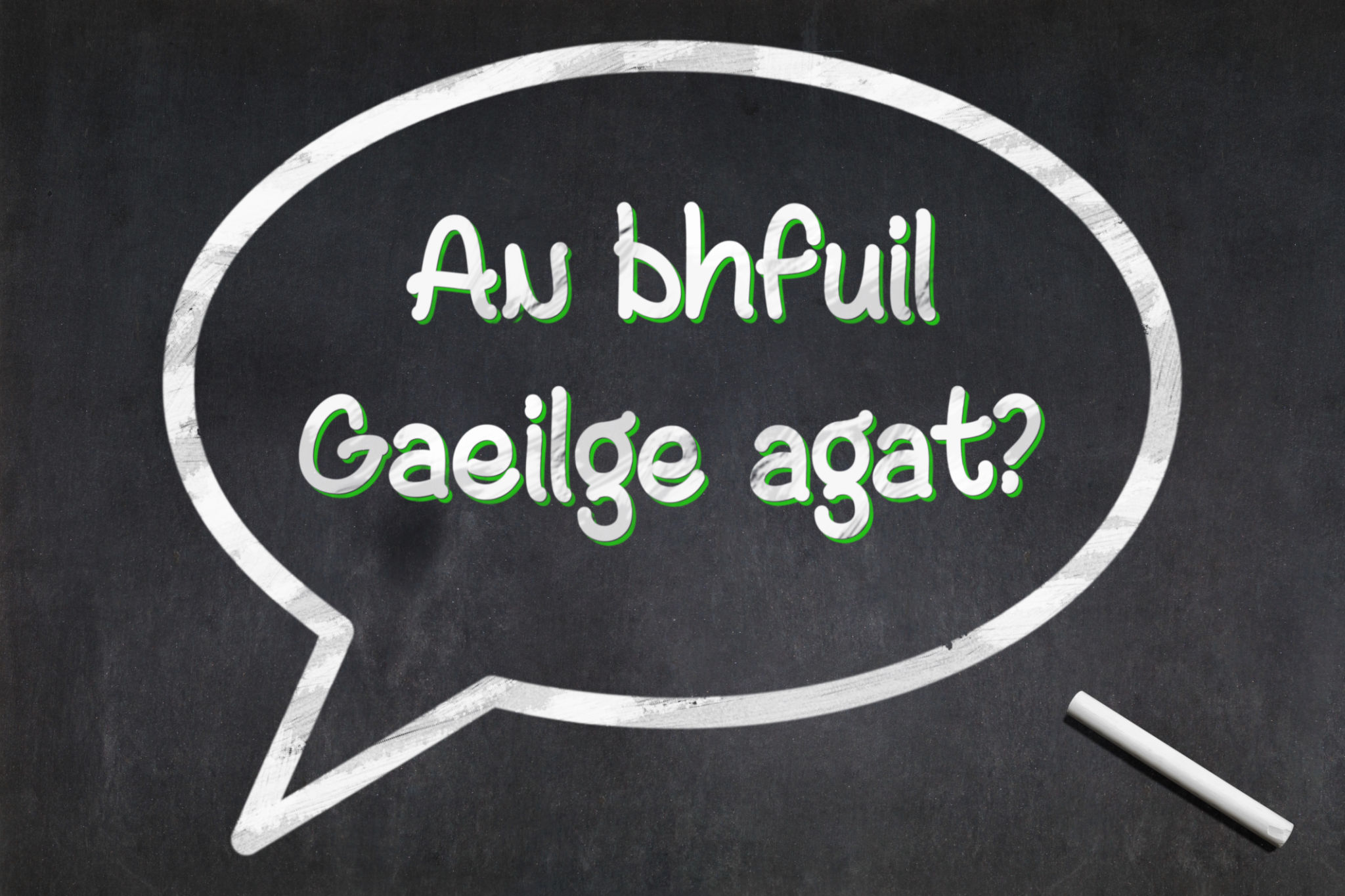
Farming Isn’t Just Work—It’s Rhythm
Remember when the whole parish turned out for the silage? Or when the threshing machine did the rounds and the day ended with sandwiches, pints and someone singing “The Fields of Athenry”? Those weren’t just jobs getting done, they were cultural moments.
Even now, the agri-calendar still underpins life in the countryside. The Ploughing Championships bring in over 300,000 people each year. That’s not just a trade show, it’s a social gathering, a tradition, a statement that rural life still matters.
Then there’s the mart. You’ll find more local news, matchmaking and philosophy in an hour at the ringside in Tuam or Bandon than in any national paper. There’s a cadence to it all, the low talk, the handshakes, the quick mental maths before the hammer falls. These aren’t just traditions, they’re community glue.
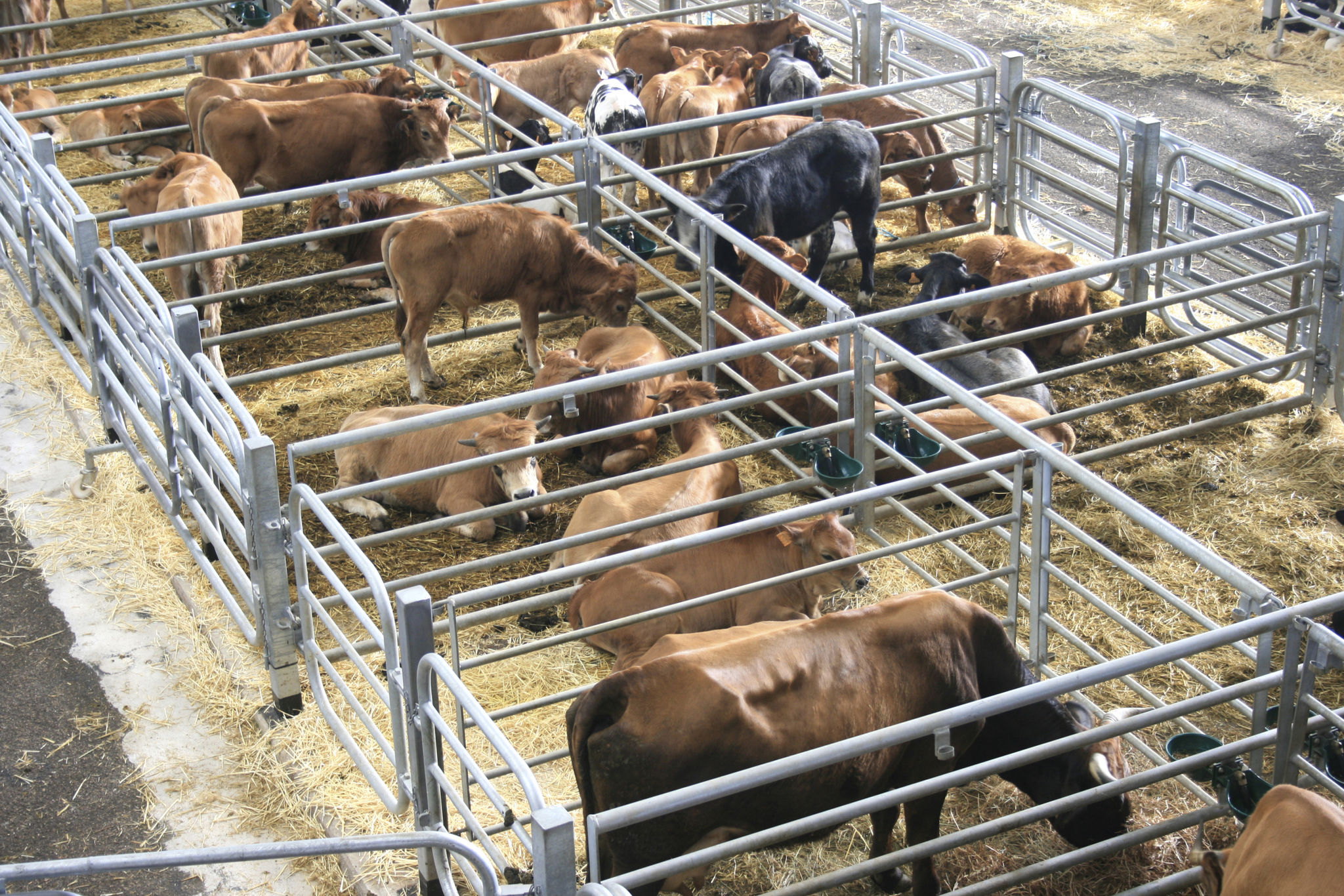
More Than a Job
When a farmer says “I’m only part-time now,” they often say it with guilt, as though they’re letting the side down. But even those driving buses, working in shops or fixing tractors still call themselves farmers first. Because it’s not just about what you do, it's who you are.
Look at farm sheds: they’re museums of memory. Old gates kept “in case they’re needed.” Rusted cream cans no one can throw out. The half-finished job that got paused because of calving, and somehow never got finished. It’s all part of it.
And even the quiet moments, bringing in turf from the bog, folding meal bags, walking the field at dusk with the dog, those are as much about mental grounding as physical work. Farming shapes how you see time, how you raise your children, even how you bury your dead. It’s cultural, through and through.
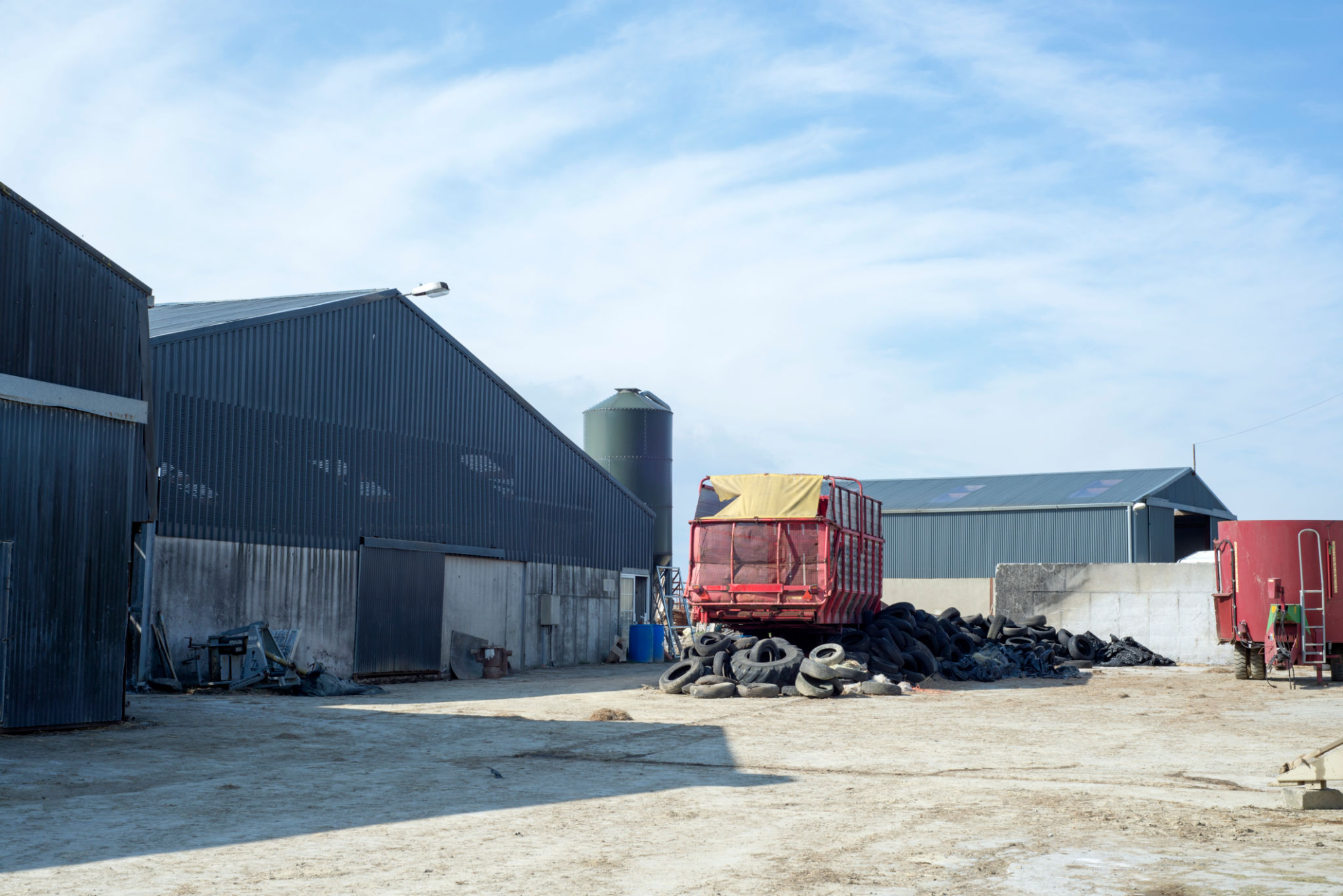
What’s at Stake
When the smaller farms vanish, we lose more than output. We lose storytellers. We lose field names. We lose the way Granny used to mark sheep with red raddle and call it “painting them for the fair.” We lose the reasons why a stretch of boreen was called “the Priest’s Turn” or “Maggie’s Wall”. We risk a countryside that’s functional, but hollow. Productive, but heartless.
That’s not to say things shouldn’t change, of course they should, but we need to mind what matters along the way. Not just preserve it in glass cases, but let it breathe.

Conclusion
In the rush to modernise, digitise, and monetise farming, we can’t forget what’s already here—living, breathing culture under our feet. Every laneway walked, every beast reared, every story told at the mart, it all adds up to something worth holding onto.
Farming in Ireland is more than economy. It’s memory. It’s language. It’s a way of seeing the world. And it’s worth fighting for, not just for what it produces, but for what it protects.
*By Anne Hayden MSc., Founder, The Informed Farmer Consultancy.
